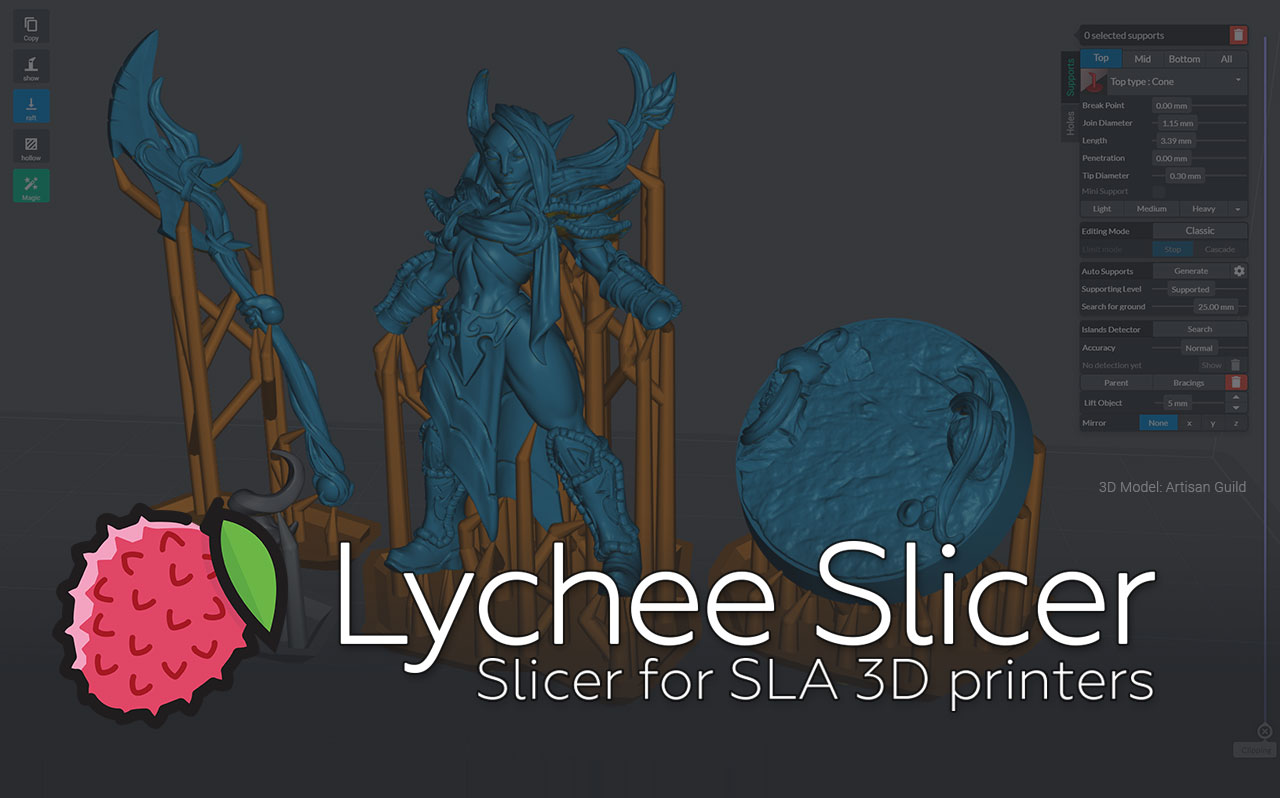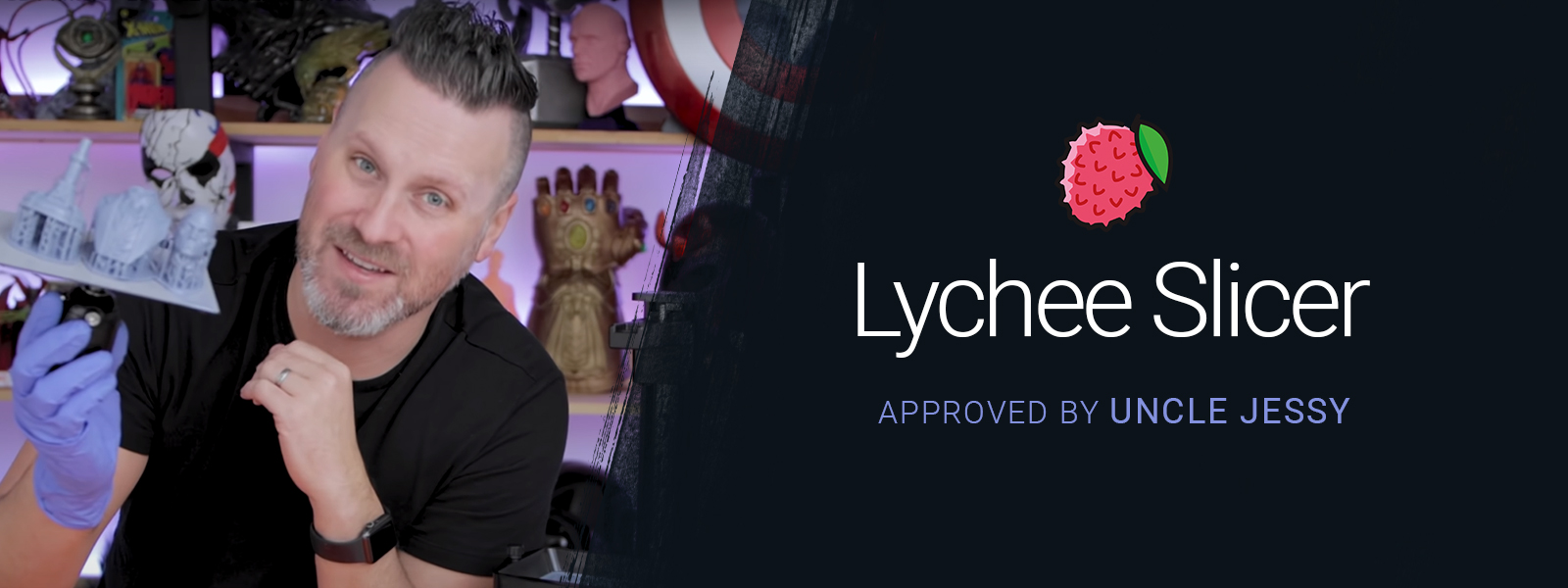

A thick resin will probably need bigger rest times. Smaller printers can probably work with less time, bigger ones will probably need more.


The rest times are based on my observation of forces during printing (as described here) for Saturn. Also, there is no need to relevel in my experience unless I change the LCD. The same goes for setting Z=0, there is no need to do so whatsoever. People are happy and nobody cares that the whole procedure is just wrong. Leveling cards are snake oil introduced by the printer sellers: people called for it, so the manufacturer gave them something. No resin inside (as it will push the build plate away), no leveling paper. That means that you should level against empty resin vat. To make the whole process work nicely if you have precise layer height. There is one aspect of leveling the build plate. They only distinguish between the base and normal layers. You can clearly see that nor Chitu, nor Lychee can do this. rest of the layers with normal exposure and no rest times.20 layers with normal exposure and long rest times.We discuss the length of the rest time in a moment. 1-3 base layers with high exposure (1.5-3× the normal exposure) and long rest times before starting the exposure (20+ seconds).To recap what we need to achieve in our sliced file in order to stick properly and have no elephant foot: However, the current slicers and formats are not able to do multi-pattern exposure. Then, without lifting, expose a second, precise pattern with regular exposure to get the precise perimeter. The layer has an offset of 1 mm, so no squished resin gets beyond the intended perimeter. One viable approach would be multi-exposure, i.e., first, expose the inner, heavily compensate layer. You cannot print nice and thin features with the compensation. So why bother? Well, if I omit the fact that having thick base layers causes layer adhesion, the compensation is not perfect. You might object that slicers already have compensation for that built-in. And you can’t do that in Lychee nor in Chitu slicer. You only need to set it to the first millimeter of your print. There is already a resting time feature in the slicer, however, it has one problem – when you set to all layers, your prints will take an eternity to print. Without any feedback on whether the build plate is moving (e.g., using sensors like I did in my blog post), we have only one option – just wait. In that case, no resin is squished out, the layer has a correct height and therefore, you need lower curing time for the bottom layer and you get no elephant foot. So the goal here is to start the exposure once the build plate settles in position. Since the resin is already curing, bits of partially cured resin get squished out, and thus, you get a big elephant foot. Therefore, the resulting layer is thicker and even when the exposure starts, the build plate pushes down and squeezes resin.

Unfortunately, most of the printers have relatively weak construction (do you remember people going crazy about Mars 3 Z-wobble?) therefore, when the build plate moves into the resin, the printer flexes. To squeeze resin into a 50 µm layer takes a lot of force. The main reason is that the printer is squeezing out resin during the exposure. Also, the elephant foot seems to be larger on the larger printer. Some of the elephant foot is caused by overexposure, however, people observe much large elephant foots that it is possible only by overexposing. Most people claim that it is caused by overexposure. If you are in hurry and you just want to quickly “solve all your problems™”, I give you a brief recap. If you haven’t read the blog post, read it.
#Lychee slicer mars 3 how to
I will show you how to get perfect results every time. I’ll fix this in this blog post, where I show you how to use UVTools to post-process your sliced files in order to get the perfect bed adhesion and no elephant foot on your prints. However, I did not give you a step-by-step guide on how to work around it. I also highlighted that the same phenomenon causes the elephant foot. In my recent blog post, I showed you that the resin viscosity and printer’s poor construction are the main reasons why people observe print failures.


 0 kommentar(er)
0 kommentar(er)
